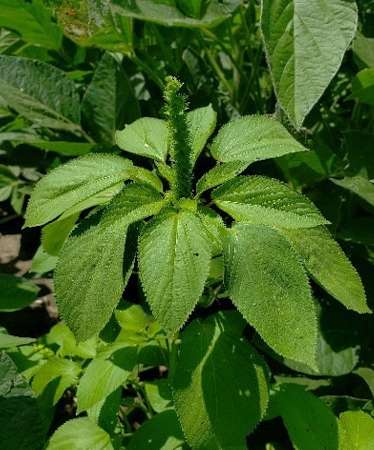
Figure 2. Mature hophornbeam copperleaf. Notice the serrated leaf margins and the seedhead at the top of the plant.
Management
Hophornbeam copperleaf germinates best in warm soils, so it may emerge after herbicides have been applied. Because of this, residual herbicides such as atrazine, metribuzin, Dual Magnum, Spartan, or Valor are important for control. Horak et al. reported that post-emergence applications of Cobra and Reflex can effectively control hophornbeam copperleaf, but Resource, 2,4-D and Group 2 herbicides (Classic, Harmony, Pursuit, and Raptor) did not provide control. Others have reported that hophornbeam copperleaf can be controlled with post-emergence applications of Liberty, but is not well controlled by glyphosate or dicamba.
Source : ksu.edu